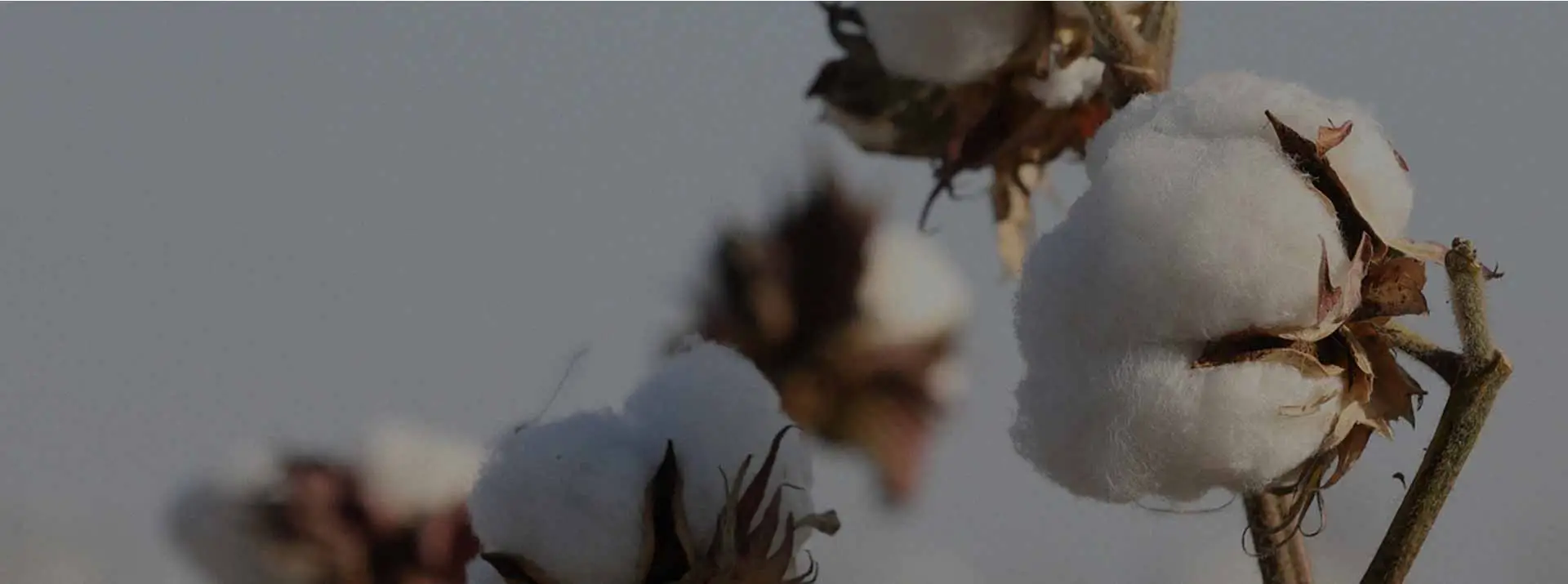Nonwoven fabric is a type of textile material that is made from fibers or filaments, often without the traditional weaving or knitting processes used in conventional fabric production. Nonwoven fabrics are versatile and can be used in a wide range of applications, from disposable products like medical masks and wipes to durable materials like geotextiles and automotive interiors.
The specific manufacturing process and equipment used can vary depending on the desired properties and applications of the nonwoven fabric. The choice of fibers, bonding methods, and finishing processes will also determine the fabric's characteristics, such as strength, texture, and functionality. Nonwoven fabrics are valued for their cost-effectiveness, speed of production, and suitability for disposable and specialized applications.
Nonwovens may be a limited-life, single-use, or very durable fabric. Nonwoven fabrics provide specific functions such as absorbency, liquid repellency, resilience, stretch, softness, strength, flame retardancy, washability, cushioning, filtering, bacterial barriers, and sterility.
Nonwoven fabric is safe to use: The correct term for medical nonwoven fabric is typically 2 to 3 years, with the validity period of products from different manufacturers varying somewhat. Please follow the usage instructions.

Spunbond Nonwoven Fabric: Made by extruding continuous filaments and bonding them with heat and pressure, used in medical gowns and packaging.
Meltblown Nonwoven Fabric: Produced by extruding molten polymer to create fine fibers, ideal for filtration applications like face masks and air filters.
Needle-Punched Nonwoven Fabric: Created by mechanically interlocking fibers with barbed needles, used in geotextiles and automotive interiors.
Nonwoven fabrics are used in various industries, including healthcare (surgical masks, gowns), automotive (interiors, insulation), construction (geotextiles), hygiene (diapers, wipes), and packaging.
Yes, nonwoven fabrics can be customized to meet specific requirements by adjusting the fiber composition, bonding method, and fabric treatment. This allows manufacturers to tailor the properties of the fabric, such as thickness, strength, softness, and absorbency, to suit particular applications.
Nonwoven fabrics differ from woven fabrics in that they are not made by weaving or knitting fibers together. Instead, they are bonded through various methods, making them typically faster and cheaper to produce. Nonwoven fabrics can also offer different properties, such as higher filtration efficiency or greater absorbency, depending on the application.
